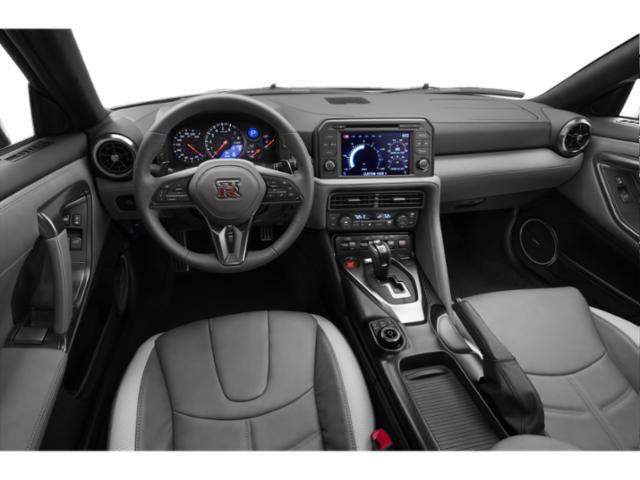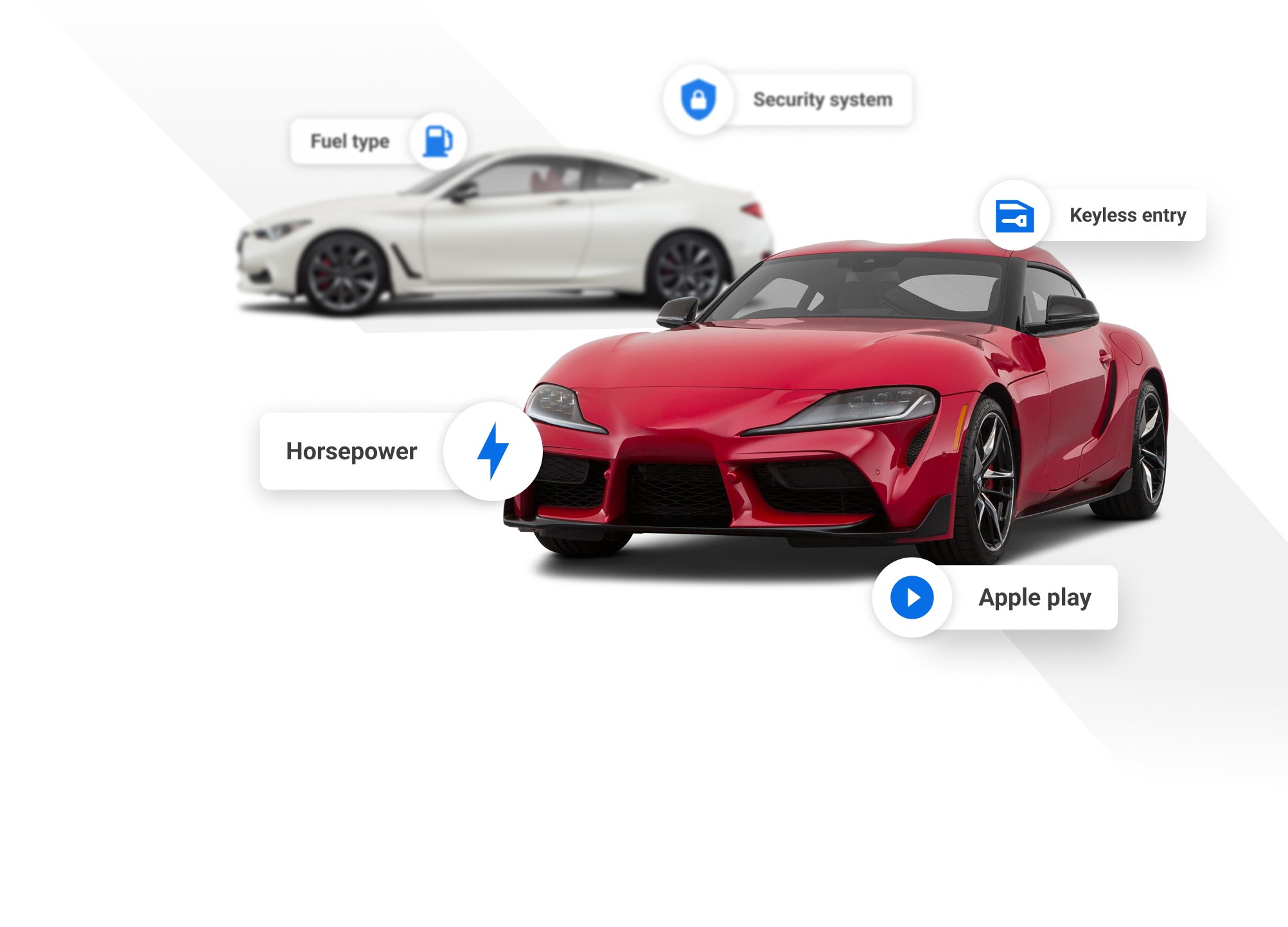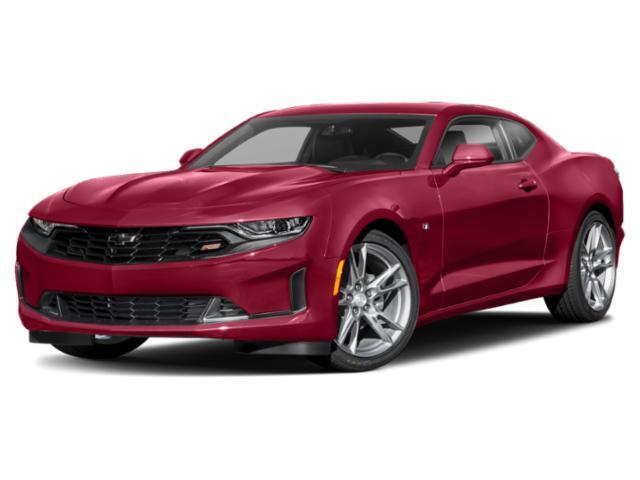
2021 Nissan GT-R


Key Specifications for 2021 Nissan GT-R






Buyer’s Guide
History/Overview
The GT-R is Nissan’s flagship model, a wild sports car that traces its lineage to a long line of coupes and sedans that, prior to this generation, were only available overseas. The current GT-R was introduced here in 2009 and has seen evolutionary updates since. There are no changes to the GT-R for 2021.
Available Trims
Nissan offers the GT-R in Premium and Track Edition trims. Both are powered by a 3.8L twin-turbo V6 that gets a power boost in the Track Edition. All GT-Rs use a dual-clutch six-speed transmission and AWD.
Standard Features
Exterior and mechanical features include Brembo brakes, 20-inch wheels and performance tires, carbon fibre aerodynamic pieces, auto on/off LED headlights, signature lighting, LED taillights, passive keyless entry, and power-folding/heated side mirrors.
Inside, there’s dual-zone automatic climate control, a garage door remote, power windows and locks, tilt-and-telescopic steering, an auto-dimming rearview mirror, leather/suede upholstery, heated/power-adjustable front seats, leather-trimmed steering wheel/shifter, carbon fibre trim, an 8.0-inch infotainment display, navigation, Apple CarPlay smartphone integration, Bluetooth, and an 11-speaker stereo.
The sole nod to driver assists is a tire pressure monitoring system.
Track Edition cars add a carbon fibre roof and rear spoiler, Recaro front seats, and a trim-specific suspension tuning.
Key Options
Premium trim can be augmented with an interior package that brings hand-stitched, semi-aniline leather upholstery.
Fuel Economy
Nissan’s fuel consumption estimates for the GT-R are 14.4/10.9 L/100 km (city/highway).
Competition
Consider the Nissan GT-R a cut-price competitor for track-oriented versions of the Porsche 911. It can also keep up with posher sportsters like the Jaguar F-Type SVR and domestic muscle cars like Dodge’s Challenger Hellcat, the Ford Mustang GT350, and Chevrolet’s Camaro ZL1.
Review & Compare:
Photos






AutoTrader Review


This vehicle has not yet been reviewed
























